-
 bitcoin
bitcoin $109667.069529 USD
-3.03% -
 ethereum
ethereum $3936.685804 USD
-4.07% -
 tether
tether $1.000493 USD
0.01% -
 xrp
xrp $2.771823 USD
-4.74% -
 bnb
bnb $957.805027 USD
-5.34% -
 solana
solana $196.735100 USD
-6.68% -
 usd-coin
usd-coin $0.999727 USD
-0.01% -
 dogecoin
dogecoin $0.227355 USD
-5.12% -
 tron
tron $0.335205 USD
-0.81% -
 cardano
cardano $0.779256 USD
-3.59% -
 ethena-usde
ethena-usde $0.999900 USD
-0.06% -
 hyperliquid
hyperliquid $42.492095 USD
-6.61% -
 chainlink
chainlink $20.501853 USD
-4.34% -
 avalanche
avalanche $28.952606 USD
-11.21% -
 stellar
stellar $0.356038 USD
-3.93%
Is a retest of the 30-day moving average on reduced volume a buying opportunity? How should I set a stop-loss?
A 30-day MA retest on low volume in a bullish crypto trend often signals accumulation, with confirmation coming from a strong close above the average and rising volume.
Sep 21, 2025 at 12:37 pm
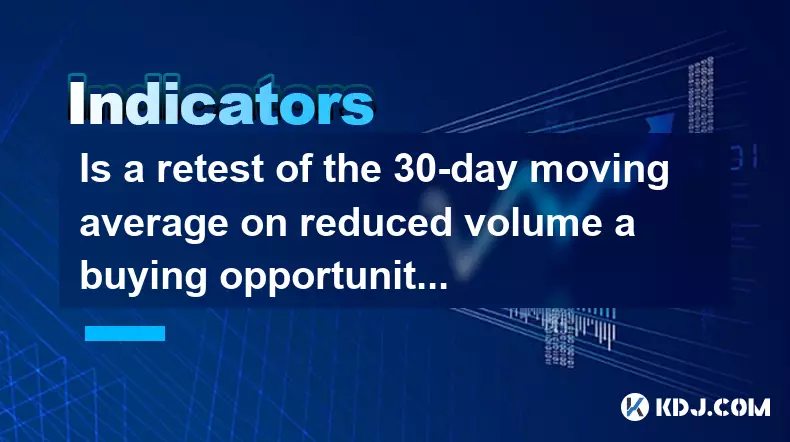
Understanding the 30-Day Moving Average in Crypto Markets
1. The 30-day moving average (MA) is widely used by traders to identify medium-term trends in cryptocurrency price action. When the current market price approaches this average after a pullback, it often signals a potential consolidation or reversal point. In trending markets, especially bullish ones, retests of the MA frequently serve as support zones where buying interest resurfaces.
2. A retest on reduced volume can suggest weakening selling pressure. This scenario typically occurs after a sharp move upward followed by a correction. Lower volume during the dip indicates that bears are losing conviction, which may allow bulls to regain control. Traders interpret this pattern as a sign of accumulation rather than distribution.
3. In volatile assets like Bitcoin or Ethereum, such retests are common and often precede renewed upward momentum. The confluence of technical structure and diminishing downside volume increases the probability of continuation patterns forming. However, confirmation through subsequent price action remains essential before initiating new long positions.
4. It's important to analyze the broader context—whether the overall trend is up, down, or sideways. A retest within a strong uptrend carries more weight than one occurring during a downtrend or range-bound phase. Market structure, prior resistance levels turning into support, and alignment with higher time frame MAs add validity to the signal.
Key Conditions for a Valid Buying Opportunity
1. Confirmation of price holding above the 30-day MA after touch is critical. A shallow bounce without breaking below suggests strength. Ideally, the candle closing near or above the average reinforces the bullish case.
2. Volume should not only be lower on the decline but also show expansion on the recovery. Increasing volume on upward moves confirms participation from buyers and helps validate the setup. Absent this follow-through, the signal loses reliability.
3. Look for additional confluence factors such as oversold readings on oscillators (like RSI dropping below 30 and recovering), bullish candlestick patterns (hammer, engulfing), or proximity to Fibonacci retracement levels. These elements enhance the probability of a successful trade.
4. Altcoins often mirror Bitcoin’s behavior. If BTC is respecting its 30-day MA while showing similar volume characteristics, sector-wide altcoin rallies become more likely. Correlation analysis improves timing accuracy when entering smaller-cap digital assets.
Setting an Effective Stop-Loss Strategy
1. Place the stop-loss just below the recent swing low formed during the retest. This level acts as a logical point where the thesis would be invalidated if breached. Keeping it tight minimizes risk exposure while allowing room for normal volatility.
2. Alternatively, position the stop under the 30-day MA itself, particularly if the moving average aligns closely with structural support. A close below this dynamic line could indicate trend deterioration, warranting exit.
3. Consider using a percentage-based buffer depending on asset volatility. For high-beta cryptos, a 5–7% cushion beneath entry might prevent premature stops due to noise. Stablecoins or large caps may require tighter thresholds.
4. Avoid placing stops at round numbers or obvious psychological levels where market makers might trigger liquidations. Instead, use technical structures invisible to retail crowds, such as minor trendline breaks or internal bar lows.
Frequently Asked Questions
What does reduced volume during a retest indicate?Reduced volume on the way down suggests lack of aggressive selling. It reflects hesitation among bears and potential exhaustion of downward momentum. When combined with price stability near key averages, it hints at possible accumulation before the next leg up.
Can a retest fail even with low volume?Yes. Low volume alone isn’t enough. If macro conditions shift—such as regulatory news, exchange outflows, or broad market selloffs—the retest can break down regardless of technical appearance. Always assess external catalysts alongside chart patterns.
How do I confirm a successful retest?Wait for a strong bullish candle closing well above the 30-day MA, accompanied by rising volume. Additional confirmation comes from related assets following suit and indicators like MACD crossing back above zero. Entry after confirmation reduces false signals.
Should I use leverage on such setups?Leverage amplifies both gains and losses. Given the inherent volatility of crypto markets, leveraged positions during retests carry elevated risk. Conservative traders prefer full spot entries with strict stop-limits, preserving capital for repeated opportunities.
Disclaimer:info@kdj.com
The information provided is not trading advice. kdj.com does not assume any responsibility for any investments made based on the information provided in this article. Cryptocurrencies are highly volatile and it is highly recommended that you invest with caution after thorough research!
If you believe that the content used on this website infringes your copyright, please contact us immediately (info@kdj.com) and we will delete it promptly.
- Ruvi AI: The Next Avalanche? Institutional Backing Fuels Presale Frenzy
- 2025-09-27 07:05:16
- Swift, Ethereum, and Layer 2: Bridging Traditional Finance with Blockchain Innovation
- 2025-09-27 06:25:12
- Dubai Fund, TikTok, and US Business: A New Era?
- 2025-09-27 06:45:13
- HBAR Price Bullish Wave: Strong Support Signals Potential Breakout
- 2025-09-27 07:05:16
- Stablecoins, Coinbase, and Investment: Navigating the Future of Finance
- 2025-09-27 07:10:01
- XPL Surge After Launch Crash: From All-Time High to Recovery?
- 2025-09-27 06:45:13
Related knowledge
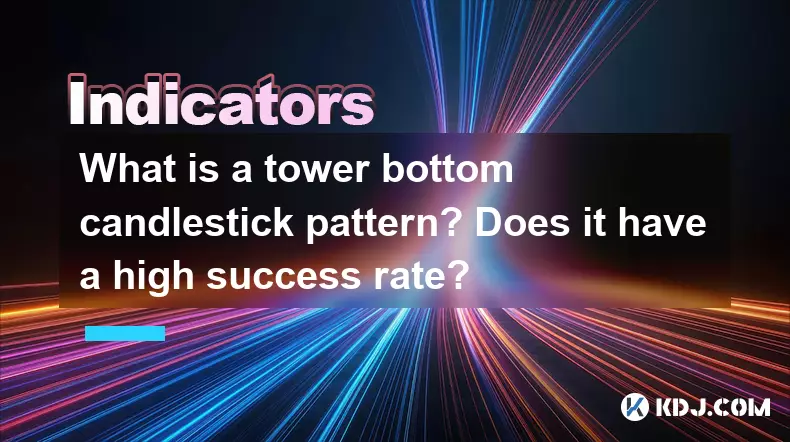
What is a tower bottom candlestick pattern? Does it have a high success rate?
Sep 22,2025 at 07:18am
Tower Bottom Candlestick Pattern Explained1. The tower bottom candlestick pattern is a reversal formation that typically appears at the end of a downt...
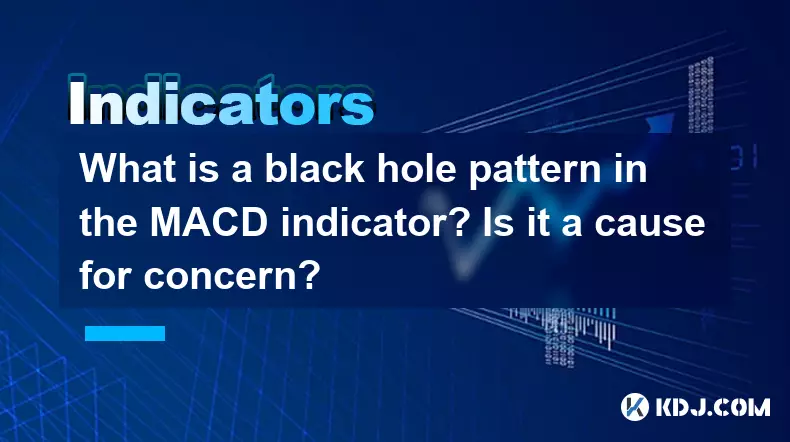
What is a black hole pattern in the MACD indicator? Is it a cause for concern?
Sep 21,2025 at 06:54pm
Bitcoin's Role in Decentralized Finance1. Bitcoin remains the cornerstone of decentralized finance, serving as a benchmark for value and security acro...

How can I use the psychological line (PSY) to determine market sentiment?
Sep 17,2025 at 02:19pm
Understanding the Psychological Line (PSY) in Cryptocurrency TradingThe Psychological Line, commonly referred to as PSY, is a momentum oscillator used...
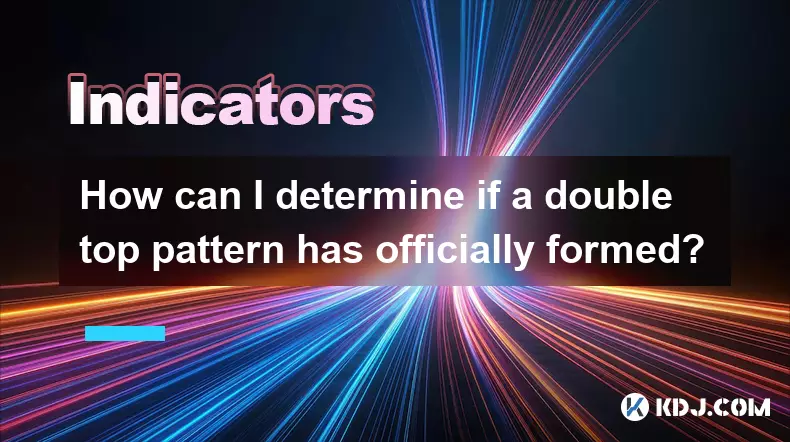
How can I determine if a double top pattern has officially formed?
Sep 21,2025 at 03:18am
Understanding the Structure of a Double Top Pattern1. A double top pattern consists of two distinct peaks that reach approximately the same price leve...
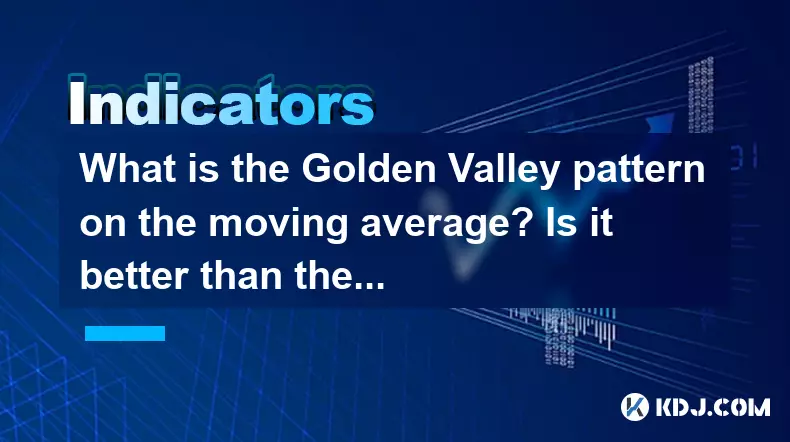
What is the Golden Valley pattern on the moving average? Is it better than the Silver Valley pattern?
Sep 21,2025 at 02:54pm
Understanding the Golden Valley Pattern in Moving Averages1. The Golden Valley pattern is a technical formation observed in cryptocurrency price chart...

What does a death cross of the RSI in the strong zone (above 50) mean?
Sep 17,2025 at 10:54pm
Understanding the Death Cross in RSI Context1. The term 'death cross' is traditionally associated with moving averages, where a short-term average cro...

What is a tower bottom candlestick pattern? Does it have a high success rate?
Sep 22,2025 at 07:18am
Tower Bottom Candlestick Pattern Explained1. The tower bottom candlestick pattern is a reversal formation that typically appears at the end of a downt...

What is a black hole pattern in the MACD indicator? Is it a cause for concern?
Sep 21,2025 at 06:54pm
Bitcoin's Role in Decentralized Finance1. Bitcoin remains the cornerstone of decentralized finance, serving as a benchmark for value and security acro...

How can I use the psychological line (PSY) to determine market sentiment?
Sep 17,2025 at 02:19pm
Understanding the Psychological Line (PSY) in Cryptocurrency TradingThe Psychological Line, commonly referred to as PSY, is a momentum oscillator used...

How can I determine if a double top pattern has officially formed?
Sep 21,2025 at 03:18am
Understanding the Structure of a Double Top Pattern1. A double top pattern consists of two distinct peaks that reach approximately the same price leve...

What is the Golden Valley pattern on the moving average? Is it better than the Silver Valley pattern?
Sep 21,2025 at 02:54pm
Understanding the Golden Valley Pattern in Moving Averages1. The Golden Valley pattern is a technical formation observed in cryptocurrency price chart...

What does a death cross of the RSI in the strong zone (above 50) mean?
Sep 17,2025 at 10:54pm
Understanding the Death Cross in RSI Context1. The term 'death cross' is traditionally associated with moving averages, where a short-term average cro...
See all articles










































































